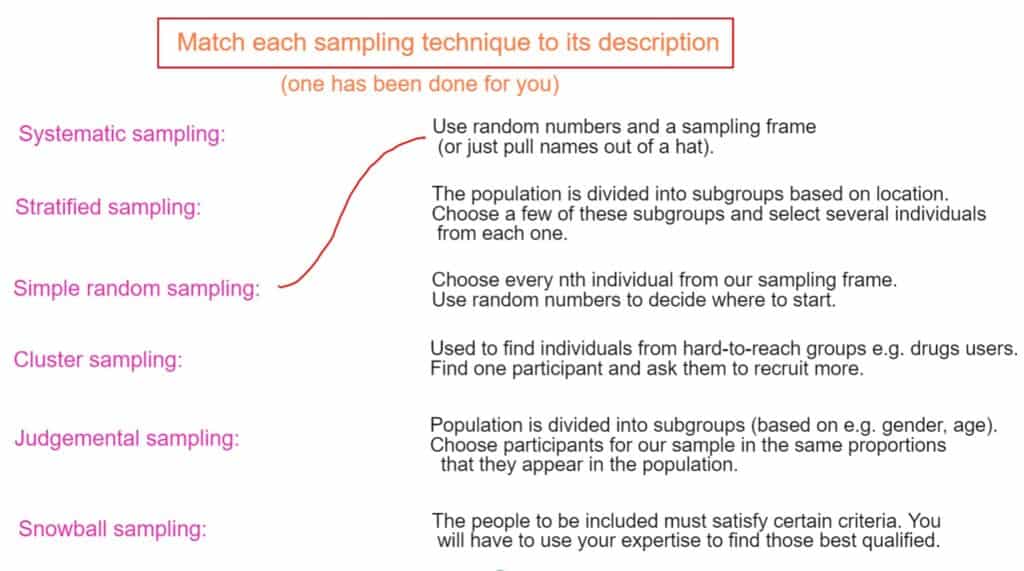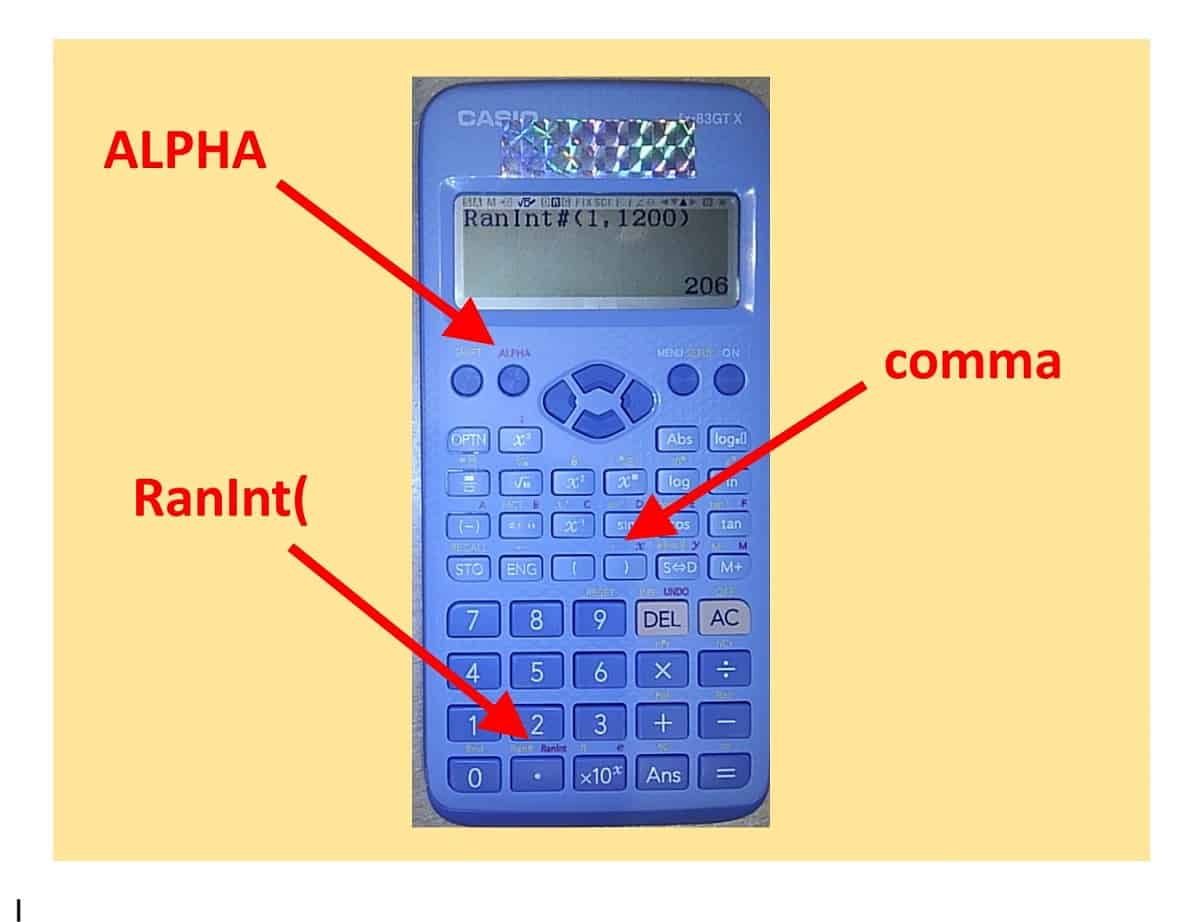A quick reminder: if there are 1200 students at our school, it would be very time-consuming (if not impossible) to interview them all for your Sociology project. Here the population is everyone at the school, and interviewing them all would be called taking a census.
Instead, it’s more practical to interview just a selection – we call this sampling – so let’s see some different ways to select a suitable sample. A good sample should be representative, meaning that it reflects the population as a whole. An unrepresentative sample is called biased.
10) VOLUNTEER / “SELF-SELECT” SAMPLING: perhaps the simplest technique of all: just put up a poster: “please help me with my project by answering a few questions: go to this web link to complete my survey, thank you!!”. This will probably attract only your immediate circle of friends so might lead to biased data BUT if you have used Volunteer Sampling then Congratulations it’s the easiest way to get started collecting your own data!
9) CONVENIENCE / OPPORTUNITY SAMPLING: it’s not big and it’s not clever: just stand at the canteen at lunchtime and interview the first 30 students who are prepared to stop and help. Quick and easy but again very likely to be biased.
8) QUOTA SAMPLING: let’s at least make sure we choose 15 girls and 15 boys – this should make the sample more representative. Once each “quota” is full, we stop asking students of that gender.
7) STRATIFIED SAMPLING: but it turns out that, in your school, 2/3 of students are male and only 1/3 female! In that case we should choose students from each “group” in the same proportions that they appear in the population: so we interview 20 boys and 10 girls rather than 15 of each. Extra marks if you stratify by age as well as by gender.
Let’s now wander further through the school so we include students who choose not to eat in the canteen.
6) CLUSTER SAMPLING: oh no, our school is 8-form-entry with 5 year groups: that’s, what, 40 classrooms to trudge round?? Let’s just visit one class from each year group and randomly choose 6 students from each “cluster”. Cluster sampling allows us to get a representative sample but save time travelling between different locations. The clusters could be different towns, hospitals, offices etc
5) SYSTEMATIC SAMPLING: Go to the school office and request a list of all students at the school. If they comply, you now have yourself a sampling frame, congratulations! You’ll need this for the next few sampling techniques. For systematic, we’ll choose every 40th student on the list. Don’t forget to roll a 40-sided dice to decide where on the list to start – or just type RanInt(1,40) = into your calculator.
4) SIMPLE RANDOM SAMPLING: it’s so much fun using RanInt (short for “random integer”) on the calculator to generate random numbers that we may as well just do that repeatedly to generate 30 random numbers between 1 and 1200 RanInt(1,1200)= Then we just choose the students from “sampling frame” (list of students) who correspond to those numbers.
3) JUDGEMENTAL SAMPLING: oh no – it turns out that our sociology survey is on “what it takes to be a Queen Bee”. We can’t just ask anyone: we need to go straight to those highest up the school’s social pecking order: only they can help! The only option open to us is to use our own judgment and ask those students best suited to this expert task!
2) SNOWBALL SAMPLING (definitely the technique with the coolest name): aargh! Now we’ve been asked to do another survey entitled “why students skip school”. All of our friends are of course perfect model students, so how can we possibly find a suitable sample? Fortunately your younger sibling in Year 8 knows one serial school-skipper: Sam. We ask Sam to answer our survey, and bribe them both with chocolate to recruit more ne’er-do-wells from the truancy circle. Before long, it “snowballs” and we’re besieged by school-skippers eager to answer a few questions in exchange for chocolate. Great job!
It’s time to reveal the winner: the top spot for the Gold Standard of Sampling Techniques goes to…
1) ALL OF THE ABOVE! If there was a single “best” sampling technique then there would be no need for the others. Choosing a suitable sample is always a delicate balancing act between time, money and desire to make the sample representative.
Finally, here’s a matching game for you to play: good luck!


